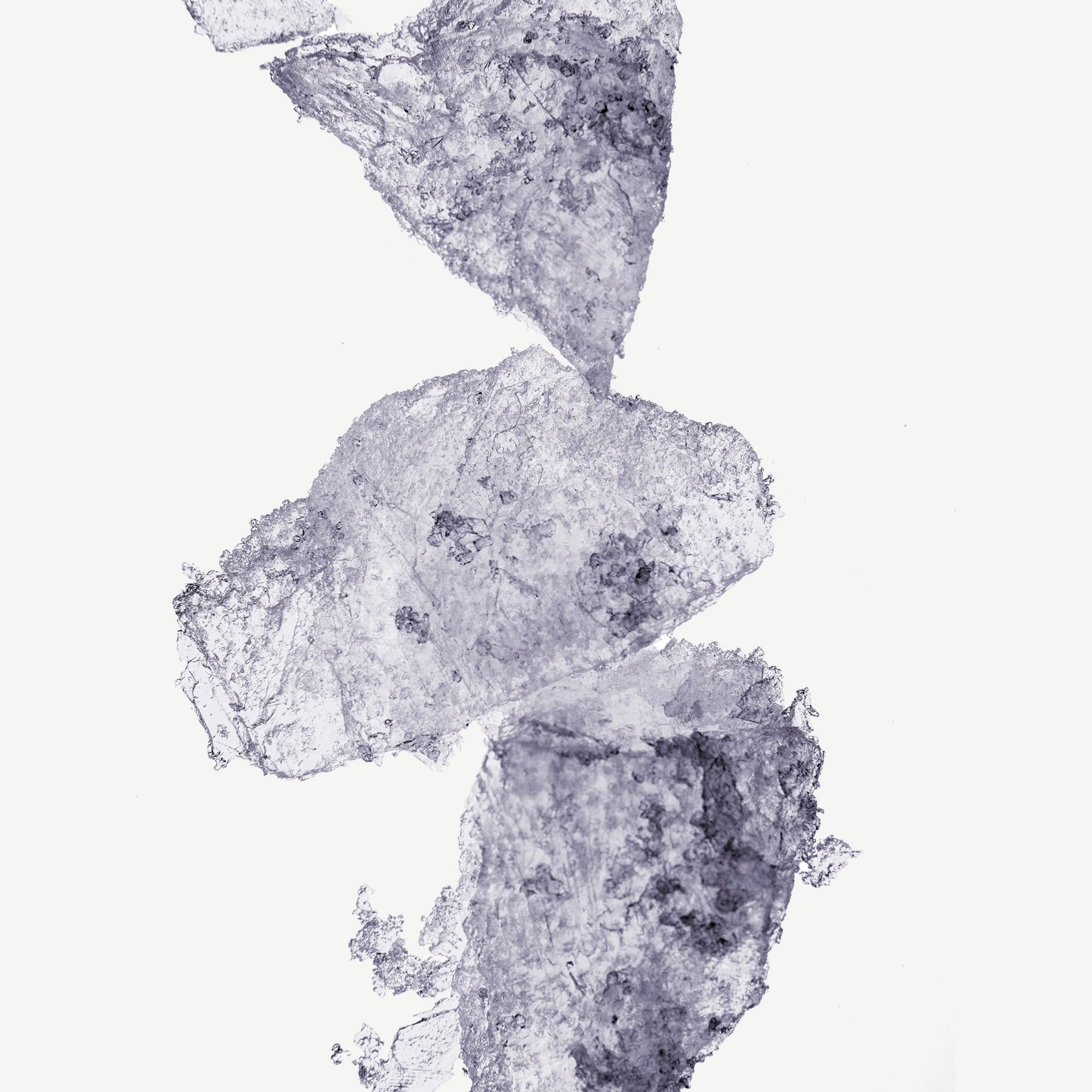Helvetolide (Musk)
Comfortable, soft, fruity, clean, powdery and sensual notes… similar to the smell of skin.
Alluring, sensual, enticing… Musk is well-known for its aphrodisiac powers. Perfumers play with a myriad of synthetic musks to fix, blend and mold ingredients in a number of intoxicating accords. These notes are clean and transparent—lending a velvety, skinny effect.
Data sheet
- Type
- Synthetic molecules
